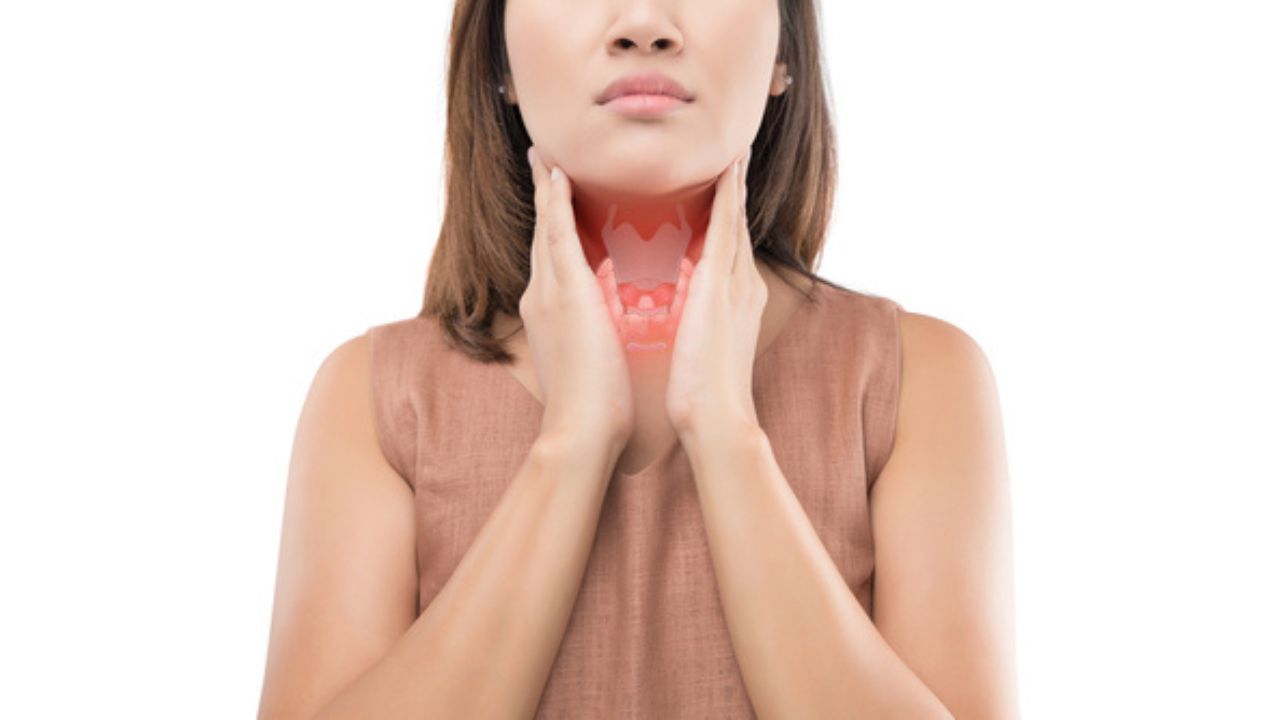Every year, January is designated as Thyroid Awareness Month. The thyroid, a butterfly-shaped gland at the front of the neck, is responsible for producing vital hormones for our health and wellbeing. Thyroid disease can result from the thyroid gland producing too little or too much of certain vital hormones. Some of the more prevalent thyroid problems include hyperthyroidism, hypothyroidism, thyroiditis, and Hashimoto’s thyroiditis. Although anyone can develop thyroid problems, women are more likely than males to do so. Women are more likely than males to experience thyroid problems.
A thyroid issue is 5–8 times more common in women than in men. Any woman can be affected by this, but those who have recently given birth, are going through menopause, or are 60 years of age or older are especially vulnerable.
There are typically three categories of thyroid issues:
1. hypothyroidism
2. hyperthyroidism
3. A thyroid mass (which can be cancerous or noncancerous)
Hypothyroidism symptoms include weariness, dry skin, weight gain, thinning hair or nails, depression, cold sensitivity, a slow heartbeat, and irregular menstruation.
Hyperthyroidism signs and symptoms
Bulging eyes, quick heartbeat, increased appetite, anxiety, and agitation are some of the signs of hyperthyroidism.
The thyroid gland may develop lumps in either a hyperthyroid or hypothyroid state.
The following are a few of the typical health issues that thyroid disease in women causes:
1. Skin condition
2. An irregular cycle of periods
3. Infertility
4. The first menopause
Through blood testing, imaging studies, and physical examinations, thyroid problems can be identified.

 हिंदी
हिंदी






